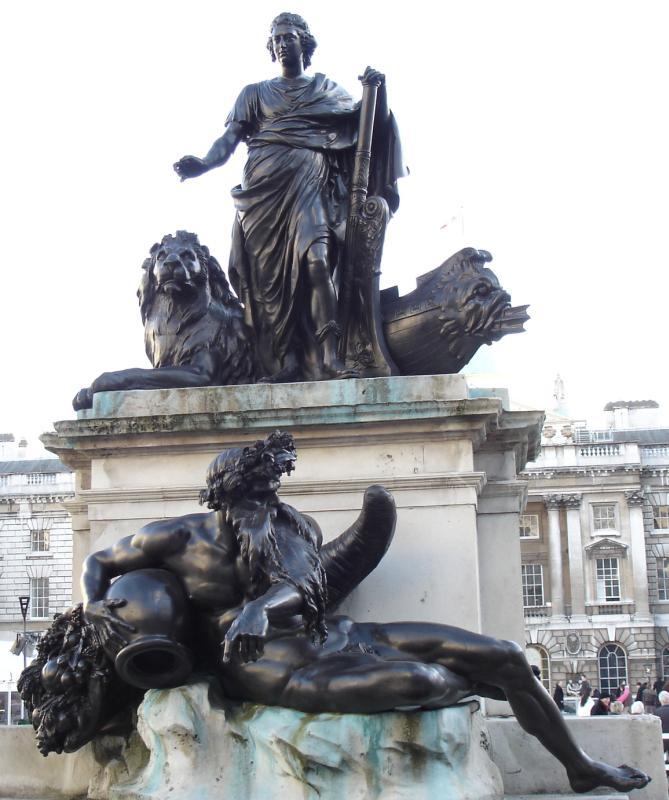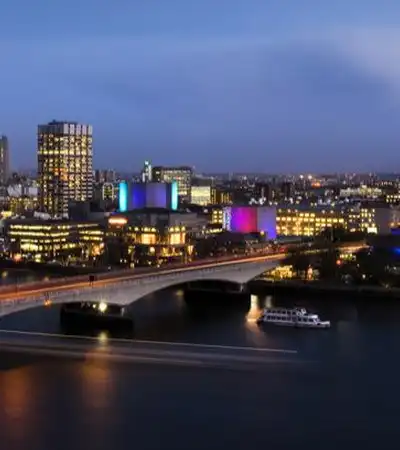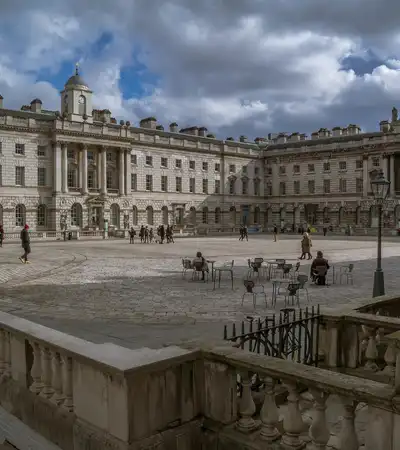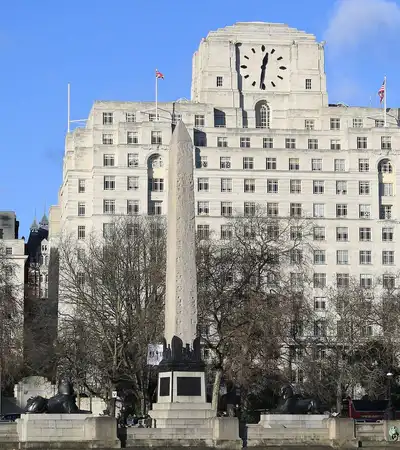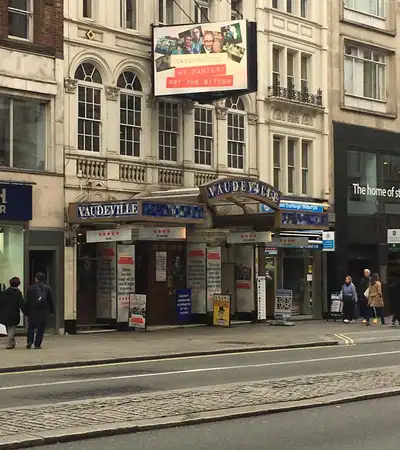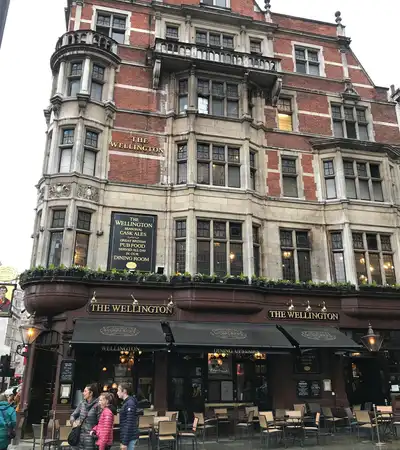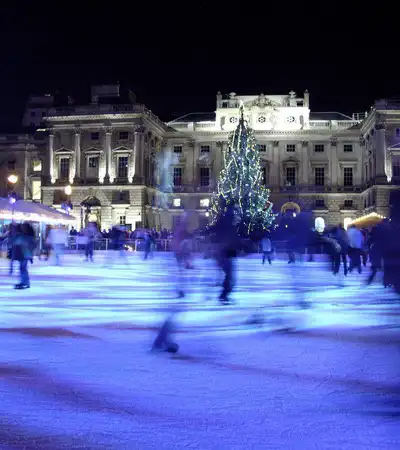George III, known for his long reign over Great Britain during a period full of upheavals including the American Revolution, also left a quieter but significant mark on London's geography and culture. His connection with the River Thames, an iconic symbol of London itself, is a fascinating chapter in the city’s rich history.
The Royal Influence on the River Thames
During George III’s reign, the River Thames was more than just a waterway; it was the lifeblood of the city, a bustling artery of commerce and communication. While George III might not have been seen rowing along the river himself, his policies and the era’s cultural shifts influenced its banks and the people who frequented them. For example, under his reign, the Thames witnessed the construction of new bridges and the expansion of the river's use for both transport and leisure. The king’s interest in science and agriculture indirectly boosted the use of the river for trade and botanical explorations.
Exploring the Thames Today
Fast forward to today, and the River Thames still holds a regal presence in London. For travelers wanting to experience a slice of this royal heritage, a boat trip from Westminster to Greenwich offers more than just a pleasant ride. You’ll see historical sites like the Houses of Parliament and the Tower of London, structures standing stoically from the times of George III. This journey on the Thames not only connects you with the past but also lets you witness the seamless blend of old and new architectures that line the riverbanks.
A Unique Historical Perspective
But here’s an intriguing twist—despite his influence on London’s landscape, George III never saw some of his own legacies. Plagued by periods of mental illness, which historians now believe might have been bipolar disorder, he spent much of his later years secluded at Windsor, away from the capital’s thriving life along the Thames. His condition, often misunderstood at the time, contrasts sharply with the enduring public use and enjoyment of the Thames, a river that has thrived continuously through the centuries.
Expert Tips for Thames Travelers
For those planning to explore the Thames, consider timing your visit to catch the annual Oxford versus Cambridge Boat Race. This event, initiated in 1829, although after George III's prime period, captures the competitive spirit often associated with his reign’s naval and military exploits. Another lesser-known but captivating option is to visit during the Thames Festival, which celebrates the river's role in London’s cultural and social life.
Remember, while the Thames offers a majestic route through the city, its banks are also perfect for leisurely walks or enjoying a picnic. Areas around Richmond and Kew Gardens provide quieter spots where you can appreciate the natural beauty and historical ambiance without the bustle of the city center.
In essence, George III’s era has left an indelible imprint on the River Thames, intertwining royal history with the everyday life of Londoners past and present. As you cruise or stroll along the Thames, you’re retracing the ripples of history—both grandiose and personal—that have shaped this great city. So next time you find yourself by its banks, take a moment to reflect on the river’s royal past and its continuous flow through the heart of London, carrying centuries of stories in its currents.
